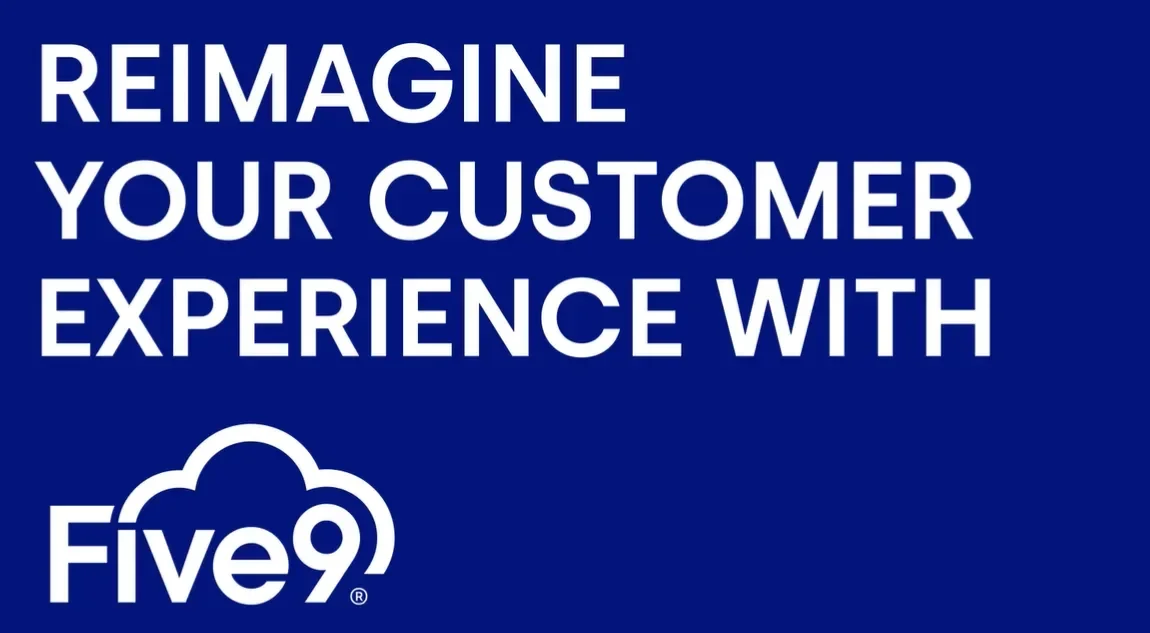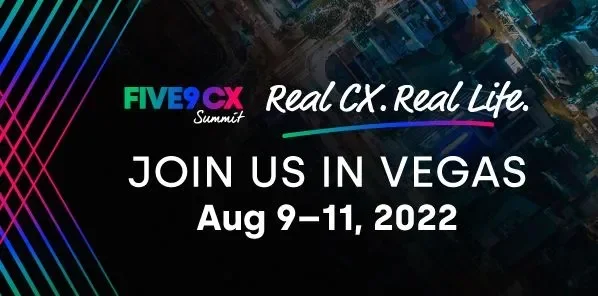
3 Critical Metrics Most Contact Centers Aren’t Measuring
Providing a great customer experience is more of an art than a science, but it also requires a bit of math. Successful contact center leaders understand that “you can’t manage what you can’t measure,” and they strive to continuously improve CX by crunching numbers like Net Promoter Score, Average Handle Time, and First Call Resolution. But, according to a recent study by Five9 and ICMI, there are a few increasingly important contact center metrics that are often left out of the equation.
Here, we’ll look at three metrics that less than a third of contact centers are measuring. To better understand the story behind the numbers, we reached out to Robin Gariess, CEO and Principal Analyst at Metrigy, for her key takeaways.
Customer Effort Score
Survey says: In the Five9 / ICMI research, survey respondents indicated that they are eager to embrace digital transformation, move away from legacy systems, and make strides to modernize their customer experience. But only 15% said they track Customer Effort Score (CES), which is one of the top factors in creating a better experience for today’s customers. CES was the least tracked metric we asked about. Curiously, 73% of respondents said CES is important to customers, but less than half (48%) said the metric is important to agents.
Robin’s take: CES is simply a metric that shows how much effort it takes customers to resolve their issue. The easier it is to work with a company, the better things that result—-higher CSAT or NPS, more customer referrals, and more sales. Of course, not every customer views “effort” the same way. To some, it’s the amount of time spent; to others, it’s the number of interaction channels required; to others, it’s the number of people involved or the quality of the answers they received. Because not every customer measures CES the same, many companies opt for other metrics, such as CSAT (which is the top metric used in our research, cited by 64.3% of companies).
Technology can play a big role here. For example, if customers call to talk to an agent, Intelligent Virtual Assistants (IVAs) can help the agents with screen-pops that provide context about the customers’ history or even recommendations to solve the issues. The customers get quick answers without having to wait on hold, be transferred, or receive call-backs. In that same scenario, agents may request they use video or screen-sharing to resolve the issues. This requires little more effort on the customers’ part, which may be fine if they feel the new channel will result in faster or more complete resolutions.
So, CES is tied to both the effort required--and the results. More effort (time or channels) is OK, providing a pressing issue gets resolved. It’s not if it doesn’t get resolved. What’s more, when customers have to explain the same issue over and over again, effort is extremely high and frustrating--and scores will be lower regardless of the outcome.
Self-Service Containment
Survey says: The second least tracked metric is self-service containment, which only 17% of contact centers currently measure, according to the research. Again, this is surprising because 75% of respondents believe that containment rates are important to senior leaders. Furthermore, 52% of respondents said they expect self-service to have the most significant impact on the customer experience in the next two to three years. However, less than half of respondents think self-service containment is important to agents (45%) or customers (43%).
Robin’s take: Self-service containment is important for a few key reasons: It reduces costs and increases customer ratings, providing self-service leads to resolution. By measuring what extent it’s happening, CX leaders can identify problems. If containment is lower than the goals, they can investigate why: Is the FAQ outdated? Does the self-service knowledge base lack multimedia content? Are there too many questions not covered in the knowledge base? Is it too difficult to navigate self-service?
Increasing containment should result in customers get their answers more quickly. It also should decrease costs by leveraging technology to solve problems vs. requiring more expensive live agents. Improving AI-enabled self-service is one of the top areas of growth this year, according to our research. By 2025, CX leaders estimate 56% of customer interactions will start with self-service, so it will have a significant impact on overall experience moving forward. Organizations need to start measuring containment in order to document success and growth.
Agent Engagement
Survey says: Even though 87% of respondents claimed agent engagement was a top priority for their contact center, just 32% are measuring it. Additionally, while 79% of respondents say this metric is important to agents, only 60% of respondents feel that agent engagement is important to senior leadership.
Robin’s take: Agent engagement is a broad area, and it’s generally covered by applications that fall within Workforce Optimization or Workforce Engagement Management. Part of the problem is that survey respondents may not have fully understood how to measure agent engagement because there isn’t a single metric.
Rather, it is typically a combination of several metrics.
More common applications that help to better engage agents include:
-
Gamification: Awarding badges for top performance, generating a competitive spirit among agents, and rewarding top performers with gift cards, time off, schedule preferences, or cash bonuses. About 38% of companies use gamification. Companies can track how many agents are regularly reviewing their badging as a measurement of their engagement.
-
Employee surveys: These measure their satisfaction with all aspects of their jobs so that managers can help improve weak areas, and highlight strong areas. Conducting these at regular intervals is crucial to success, because organizations can track trends. About 51% of companies use employee satisfaction surveys. Survey response rate is a good gauge of agent engagement.
-
Turnover rates: Keeping agents—along with their knowledge and experience—is important to success. Unfortunately, turnover rates have increased to 30.5% this year, after declining from 2017-2019, all the way down to 21%. Turnover rates are an indicator of agent satisfaction, and as they rise, CX leaders must isolate the issues and address them as quickly as possible.
-
Agent analytics: These tools measure agent Key Performance Indicators, and may include quality, performance, and desktop analytics. They show how well the agents are performing and where weak spots are. Quality management is the most-used application, with nearly 60% of companies using it. By keeping an eye on agent metrics, supervisors can detect when agents become disengaged if their performance starts degrading.
-
Collaboration tools: Video and team collaboration also can help with agent engagement by connecting remote workforces visually, or within team workspaces on both professional and hobby-related activities. Administration management tools can track how many employees are actually using the applications—a sign of their level of engagement. More than 50% of companies use these third-party management tools.
Got two more minutes? Watch this demo video to learn more about tools that help you measure your contact center performance and customer agent experience.



